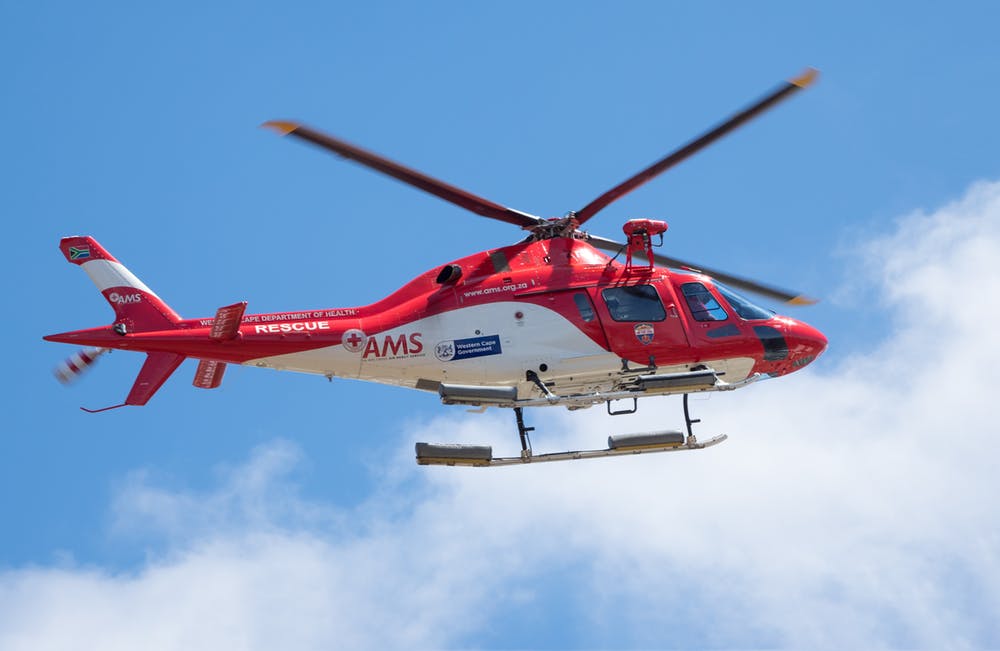There are many people who have dreams and ambitions of one day flying an aircraft. Some individuals take steps to realise those goals while others wonder what could have been.
Mastering the skills needed to fly a helicopter can be within reach for participants who get involved with applicable programs and training courses. It lays the groundwork to develop the necessary skills to operate such an impressive machine.
What attributes are taught and why are they deemed necessary?
Pre-Flight Preparation
A lot of work is invested before the individual even steps inside the helicopter. Pre-flight preparation procedures become a skill of focus. How to assess weather conditions, inspect the aircraft, analyse airspace restrictions and plan flight routes will all be part of the curriculum. It gives students the confidence to navigate the environment with a higher level of awareness.
Navigation & Flight Planning
One of those preparation factors will be key for people to acquire their licence. Flight planning techniques that include the calculation of groundspeed, planning efficient routes, using navigation aids and interpreting aviation charts will be essential for professional development. This is where operators build confidence when learning to fly a helicopter early in the piece, understanding how they manoeuvre and manipulate the aircraft when conditions may change.
Manoeuvring & Aircraft Control
Mastering the cyclic control is where flight simulator lessons and training regiments are mandatory. The inclusion of the anti-torque pedals, collective, speed, altitude and direction are all practices that fall into this domain. Students will have a chance to improve their capabilities with hovering, autorotation, vertical takeoffs and landings to achieving unique flight patterns.
Effective Risk Management
Decision-making is key with helicopter aviation courses. Over the span of years of flying this aircraft, there may very well be unexpected events which forces the pilot to think quickly and critically. With direct support from teachers in this setting, prospective pilots will learn how to manage risks like airspace congestion, adverse weather conditions and operational limitations.
Handling Emergency Procedures
Reactions to an emergency are part and parcel of helicopter pilot certification. There are plenty of case studies to underline the value of this practice. Emergency landings, engine failures and hydraulic system malfunctions are some of the more common case studies. The objective in this instance is to remain calm, focus on the core task and ensure the safety of all passengers onboard.
Crew Resource Management (CRM)
A key point of emphasis with a flight training academy will be crew resource management (CRM). Put simply, this is a test to see how someone works and fits into a team environment. Delegation and communication become imperative, ensuring safety, efficiency and promoting coordination from one person to the next with the aircraft.
Radio Procedures & Communication
The final skill that will be mastered when acquiring a helicopter pilot licence is expertise around communication and radio procedures. There is a unique phraseology at work as the language will need to be comprehended. The same principles will apply to coordination with air traffic control, ground crew and airspace communication protocols.





